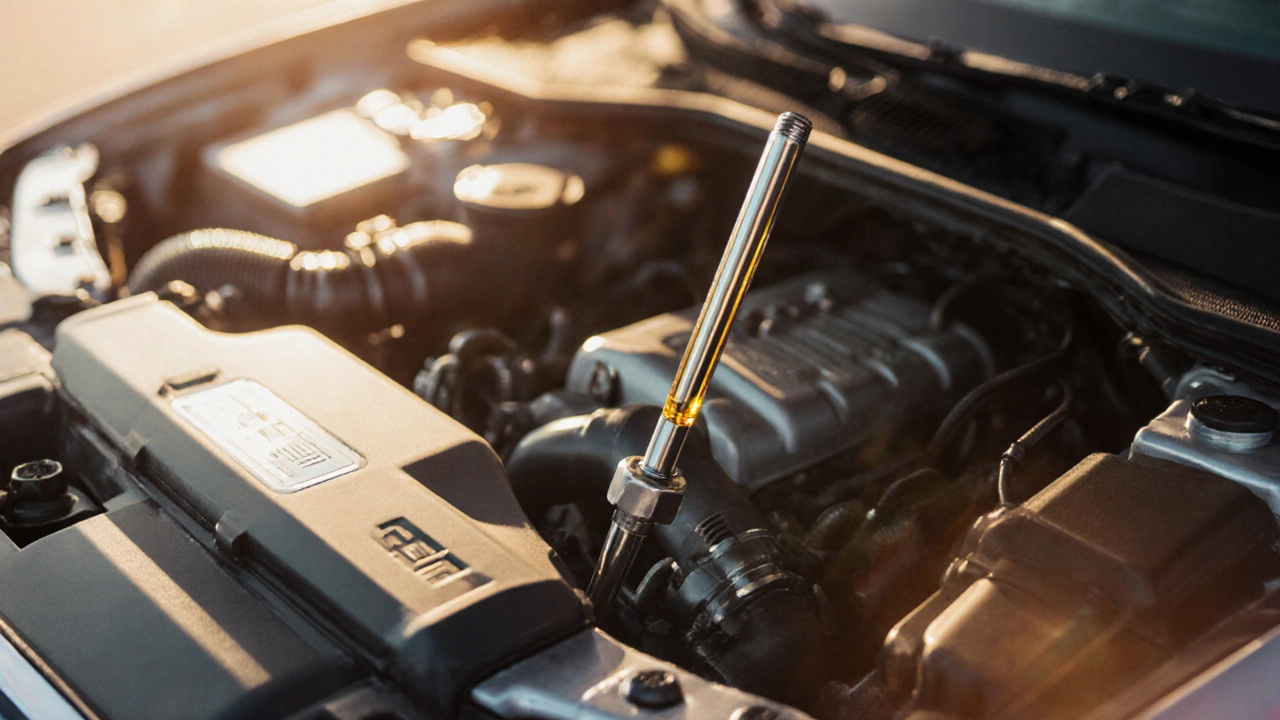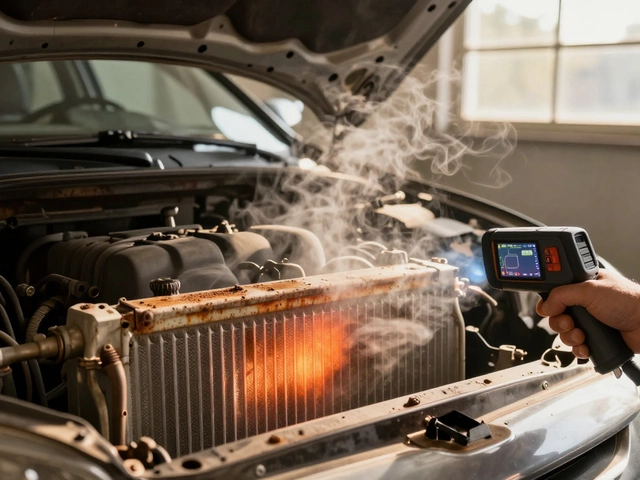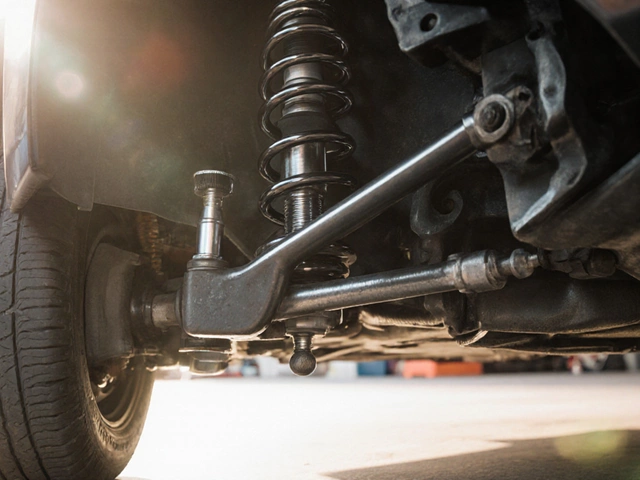Extra Quart of Oil – What It Means for Your Engine
When dealing with extra quart of oil, the practice of adding a little more oil than the standard fill level. Also called oil top‑up, it comes up when you notice the dipstick lower than expected or when you’ve just performed a repair that may have drained a bit of fluid. In everyday language, it’s simply “pouring a bit more oil in.” But the decision to add that quart isn’t just a guess; it ties directly to engine oil, the lubricant that protects moving parts inside your engine. Understanding how the two interact helps you avoid over‑filling, under‑filling, or ending up with sludge that can ruin performance.
Why Adding an Extra Quart Matters
The next big factor is oil capacity, the total amount of oil a particular engine is designed to hold. Every make and model has a specific volume—some small four‑cylinders sit around 4‑5 quarts, while larger V6 or V8s may need 8‑9 quarts. Knowing that number lets you gauge whether a single extra quart will keep you within safe limits or push you toward an over‑fill. Over‑filling can cause foaming, raise crankcase pressure, and even lead to seal damage. Under‑filling, on the other hand, lets metal rub metal, increasing wear. Adding a quart also opens the door to oil additives, chemicals blended into oil to improve viscosity, reduce wear, or clean deposits. Some drivers use additives when they top up, hoping to boost protection, but not all additives play well with every oil grade. For example, a high‑ZDDP additive can help a 5W30 oil in a high‑performance engine, yet it might accelerate wear in a low‑stress commuter car if the base oil already contains enough zinc. Finally, think about your oil change interval, the scheduled time or mileage between full oil replacements. If you regularly add an extra quart between services, you may be masking a leak or a consumption issue, delaying a needed full change and letting contaminants build up. The right move is to check the dipstick, understand the capacity, and decide if the extra quart is a short‑term fix or a sign you need a deeper inspection.
All these pieces fit together: extra quart of oil encompasses oil level management, oil capacity determines safe limits, additives can tweak performance, and the change interval tells you when a full service is due. Our collection below pulls together articles that dive into the nitty‑gritty of oil grades (5W30 vs 10W30), the risks of skipping oil changes, how much oil your engine really needs, and tips for spotting the signs of low oil early. Whether you’re a daily driver trying to keep mileage smooth or a gearhead tweaking performance, the guidance here will help you decide when adding that extra quart is a smart move and when it’s better to head to a shop. Keep reading to get practical, step‑by‑step advice that matches your car’s needs.

Adding an Extra Quart of Engine Oil - Risks, Effects, and How to Fix It
Find out if adding an extra quart of engine oil can damage your car, how it affects performance, and step‑by‑step ways to fix over‑fill safely.
CONTINUE READING








